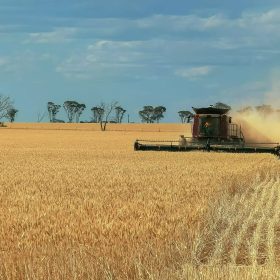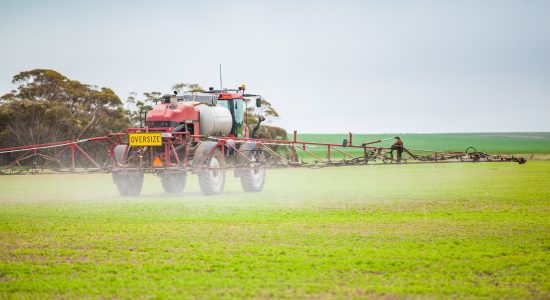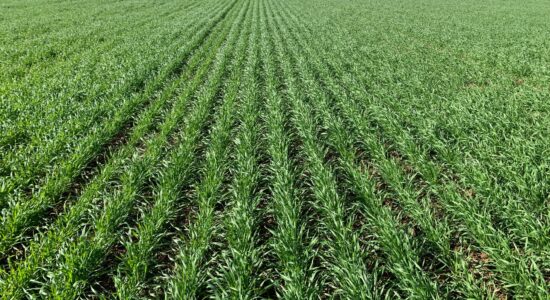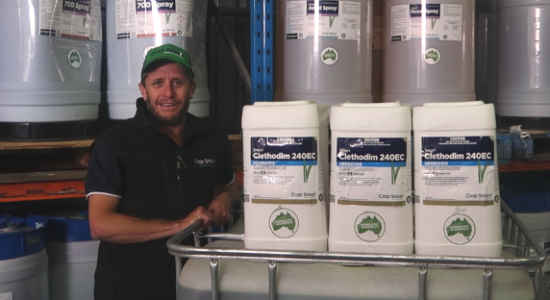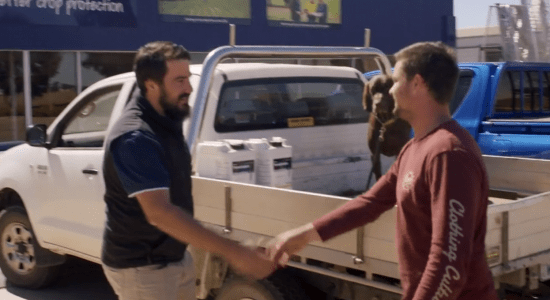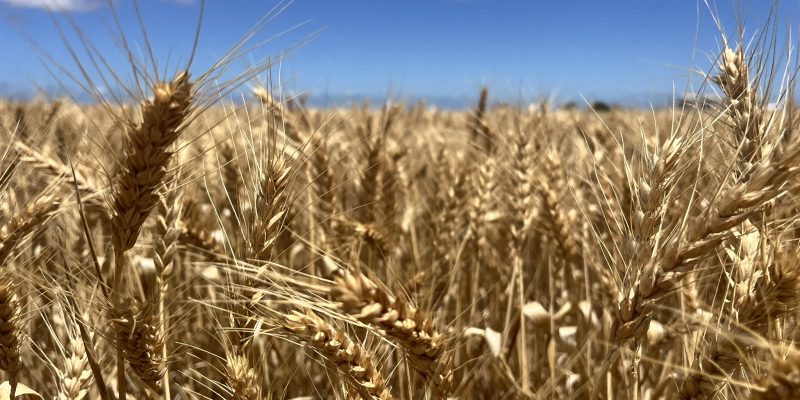
Summer Weed Control
15th November 2024 | Agronomy
Controlling Summer Weeds is a very good investment, but timing is critical. Controlling summer weeds soon after emergence when they are very small is one of the best investments you can make:
- For every dollar invested, growers stand to make $3.53 (Hunt, 2011). Farmer and Agronomic experience tell us that this can be as much as $5-10 per dollar invested
- You maintain valuable stored soil water
- Early spraying trials for summer weeds delivered an additional 15-20mm of stored soil water and 10-30kg/ha retained nitrogen compared to leaving weeds uncontrolled (Oliver et al, 2023)
- You maintain soil nitrogen reserves. Often budgeting on an additional $20-$50/ha of additional stored Nitrogen via a clean summer fallow
- Spray small weeds as soon as possible. Stop them using water and nitrogen
- Use best management practicing with your spray application
Factors in planning a weed control strategy:
- What weeds are present?
- Correctly identify the weeds
- Assess the density of each weed population
- Target the weeds with the correct products and rates
- How old and fresh are the weeds?
- Weed size and age are very important
- Check the weed age and root size. When weeds such as marshmallow become stressed, they can appear as small weeds on the surface, but they may have a large root system
- Spraying as soon as you have weeds at the 2-3 leaf stage is ideal
- Spraying small weeds actively growing with roots active in moist soil will lead to the best results
- Cropping intentions 2025- plant back period consideration
- Using residual herbicides can be a very effective strategy. Be mindful that these herbicides require rainfall to wash them into the soil to be active and effective
- Study the product label and refer to your Agronomist before using residual herbicides. They may impact or alter your crop rotation plans
- Environmental/weather conditions at spraying
- Do not spray if a dangerous temperature inversion is present
- It is recommended not to spray at night
- Spray only when wind speeds are between 3-20km/h
- Roundup Ultramax 3-15km /h
- Weedmaster DST 3-20km /h
- Other Glyphosate products either have no label reference or are similar to the above statements
- 2,4-D products 3 – 20km/h
- Do Not spray when wind is below 3km/h
- Use of Adjuvants
-
- The use of Ammonium is critical:
- It improves weed control regardless of water quality (plant uptake and movement)
- It reduces glyphosate tie-up in hard water
- Use an oil adjuvant such as Smart Penetrator when the weeds are predominantly broadleaf
- Use a surfactant such as Smart 700 Spray
- The use of a specialty adjuvant such as Wetter TX may be beneficial on ryegrass populations
- The use of Ammonium is critical:
-
- Boom setup
-
- Slow down
- Reduce boom height
- Apply with water volumes between 80-100L/ha
- Minimum droplet spectrum;
- Coarse for Glyphosate and Paraquat.
- 2,4-D herbicides – No smaller than Very Coarse
-
- Products
-
- Glyphosate forms the basis of most summer weed programs
- Mixes with one or more of the following products is common. 2,4-D, Smart Triclopyr 600, Smart Fluroxypyr EC 200
- Consider using Dropzone Herbicide rather than other 2,4-D products. Less odour, less risk with off target movement and improved control of some weeds.
- Paraquat is an important product in summer, especially on hard to kill weeds in a double-knock program
-
What do you need to do?
- Develop a summer weed control strategy with your Agronomist now
- Plan your product requirements with us now to ensure you have access to what you need and when you need it
So, let’s develop a strategy together and tackle those summer weeds head-on! Your 2025 crops—and your profits—will thank you.
Key References:
-
- Hunt, J. (2011) Summer Fallow Management. GRDC. Available at: https://grdc.com.au/resources-and-publications/grdc-update-papers/tab-content/grdc-update-papers/2011/02/summer-fallow-management
- Moore, A., & Hunt, J. (2012) Does control of summer fallow weeds improve whole-farm productivity in both Mediterranean and temperate environments? A simulation analysis, Australian Society of Agronomy. Available at: https://www.agronomyaustraliaproceedings.org/images/sampledata/2012/8145_5_moore.pdf
- Oliver, Y., Llewellyn, R., McBeath, T., War, A. & Moodie, M., (2023), Predicting profitability of summer weed control timing and impact on crop yield potential, GRDC. Available at: Predicting profitability of summer weed control timing and impact on crop yield potential – GRDC

